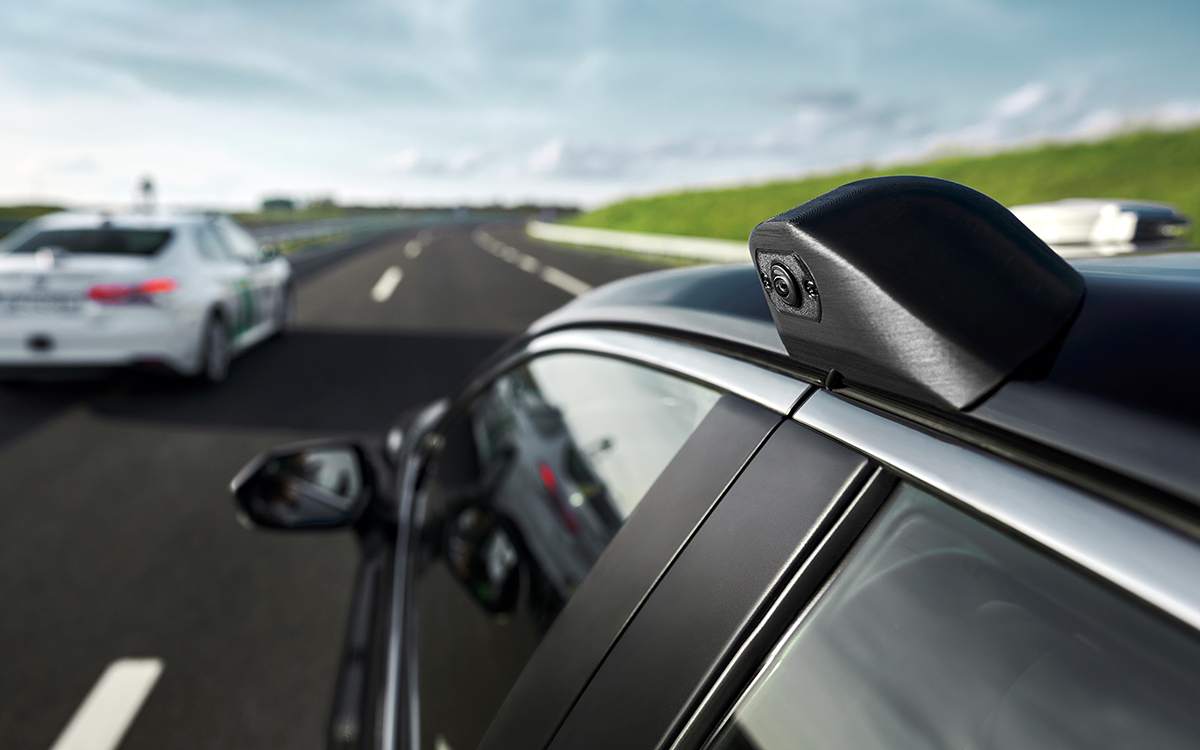 &imagePreview=1
&imagePreview=1
Written by Bence Boda / Posted at 10/7/21
Which sounds scarier: a robot cutting you open or driving you to work?
A 2020 survey showed that most respondents would be more comfortable letting a robot perform surgery on them than sitting in a car with autonomous tech in it. Would you?
We recently published a blog post about our ultimate goal: to help save some of the lives lost in road accidents caused by human error, over a staggering 1 million each year. However, implementing automated driving technology is difficult not only because of the complexity of the problem but also because we need to build trust with road users first. We need to convince drivers, passengers, and regulators that our solution not only has the capabilities of an average human driver (human error causes more than 90% of traffic accidents every year) but is much, much more reliable. Here's the second part of our series on the adoption, testing, safety, and public distrust of automated driving technologies.
From Agent Smith and Skynet – to saving humanity
Who doesn't remember the self-aware Skynet from Terminator, bent on destroying humanity? Or HAL 9000 taking control of the spaceship and mission in 2001: A Space Odyssey. Not to mention Agent Smith, who guards the Matrix against the human uprising. With the emergence of films such as these about the rise of evil machines that threaten humanity, people's fear of artificial intelligence has also been awakened. For the time being, it seems that we can rest assured that most artificial intelligence is only capable of dealing with a narrowly defined, specific task and cannot "see" beyond that assignment. Of course, opinions are divided: some say there is no reason to be afraid (at least for now) and others predict an AI apocalypse within a few years.
 Some predict an AI apocalypse within a few years - others say there is no reason to be afraid
Some predict an AI apocalypse within a few years - others say there is no reason to be afraid
Nevertheless, it is undeniable that artificial intelligence (one of the most revolutionary developments in human history) is already helping humanity in many areas. AI helps develop new drugs through predictive analytics; computer vision algorithms can scrape images from websites and identify human traffickers; AI can optimize renewable energy generation and help people with disabilities; and of course, AI is also a cornerstone of automated driving.
Trust is everything
There is a saying: Trust takes years to build, seconds to break, and forever to repair. This is especially true when you're developing technology in a sector that has only been around for a few years and has already turned the entire car industry upside down. There is no doubt that people are hesitant about automated driving technologies because they know how dangerous it is to drive on public roads. Life-threatening situations arise suddenly, and unfortunately years or even decades of driving experience might not be enough. So, if most drivers could not cope in such a situation, how could a microchip-based artificial intelligence?

People would rather lie under the scalpel of a robot surgeon than let a computer drive them
According to one survey of 1,000 adults from the United States, this mistrust is so high that the respondents were "the most uncomfortable" with autonomous driving of the 35 emerging technologies listed. People would much rather wear a mechanical exoskeleton in the workplace or, brace yourselves, lie under the scalpel of a robot surgeon than let a computer drive them. This may seem extreme at first, but given that the technology is still new and there are not many (good) examples that the general public has seen, it is not a surprising result. It’s clear that our task is to develop flawless technology that is not only safer than a human driver but also more reliable and more skillful. Oh, and of course, we need to convince those who are following these developments from the outside.
Stress-testing to the limit
Just think of how quickly and easily you can get a driving license. Depending on the country, you only need to be on the road for a couple of weeks or months, with a few dozen hours of practice in traffic and one or two exams – and potentially, you can be a lethal risk to others through inattention or inexperience. In contrast, even the simplest safety feature in a vehicle has to endure months, often years, of stress tests well above its expected performance limit before it is ready for road use. And when it comes to automated driving technology, the bar is set even higher.
 aiMotive is stress-testing every data package that gets into its full-stack automated driving software, aiDrive
aiMotive is stress-testing every data package that gets into its full-stack automated driving software, aiDrive
For example, our aiDrive software is monitored by a safety driver and an operator every moment during road testing. Each software update that goes into aiDrive is tested in tens to hundreds of thousands of simulated scenarios in aiSim, our purpose-built, deterministic simulator tool, before it is put through a live test. Aviation has been using simulation for decades – think about it: you've never flown with a pilot who hasn't trained in a simulator, and aviation is historically much safer than road traffic. In aviation, pilots use simulators to complement their everyday flying, such as testing their skills in extreme situations they may never encounter in normal flying conditions. Aircraft manufacturers also use advanced simulators to check that their aircraft will not fail under the broadest range of extreme conditions. That simulation-based experience is reflected in the safety record – while aircraft failures are sporadic, most accidents are due to human error. For automated driving, we use simulation for both scenarios: we make our AI more experienced, and we ensure that our safety systems will respond correctly to whatever real-life throws at it. Then we take advantage of computing power to do more testing at orders of magnitude far beyond that of any human-based approach. In this way, we not only achieve high levels of safety comparable to those achieved by the aviation industry over the past 50 years, but we also ensure our automated driving software has experienced hundreds of times more driving than any human could ever possibly do in a lifetime.
Mistrust is understandable because every new technology needs time to become widely accepted and trusted by the general public. Nevertheless, the quantity and quality of testing that automated driving technologies have to undergo, first in virtual environments and then in real ones, make them extremely safe solutions. We firmly believe this will lead to mass-produced vehicles that make transportation safer and greener for all, everywhere around the world!
